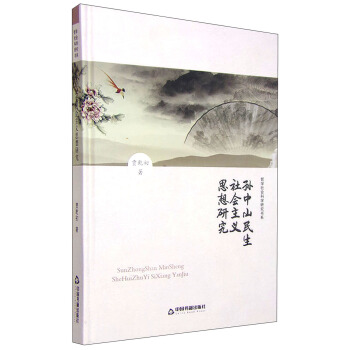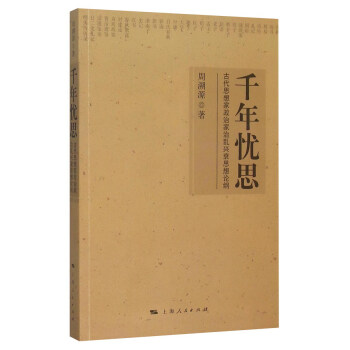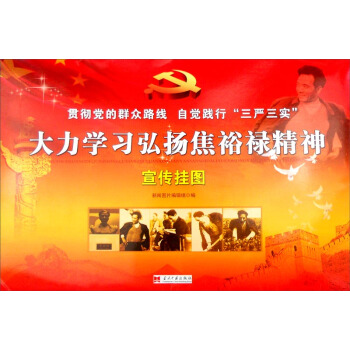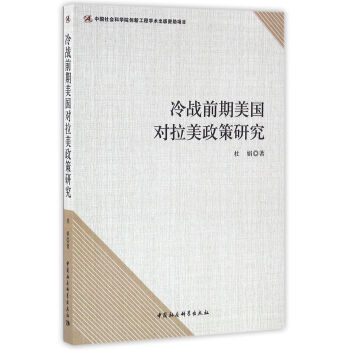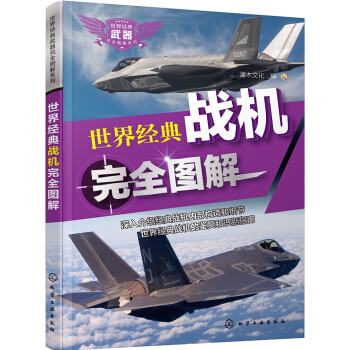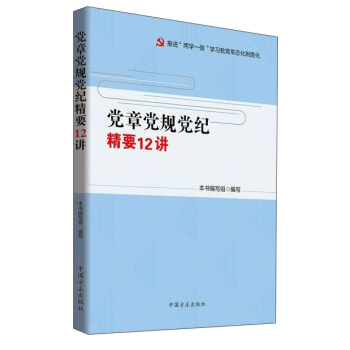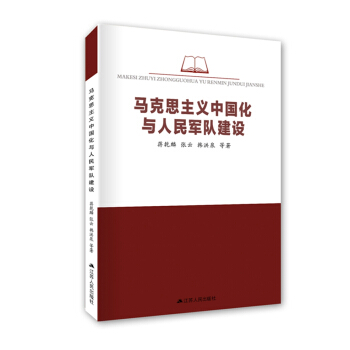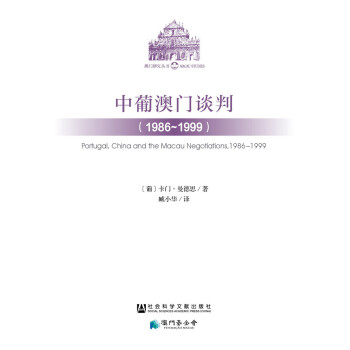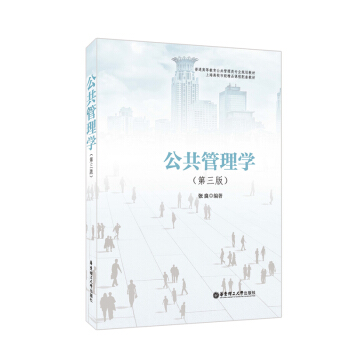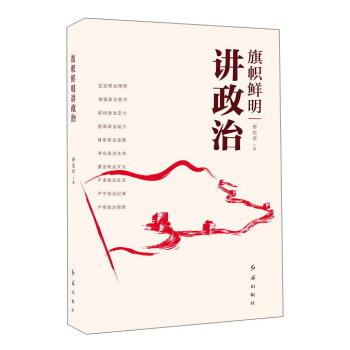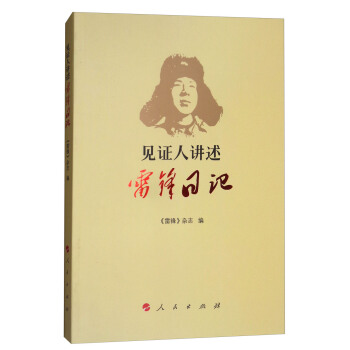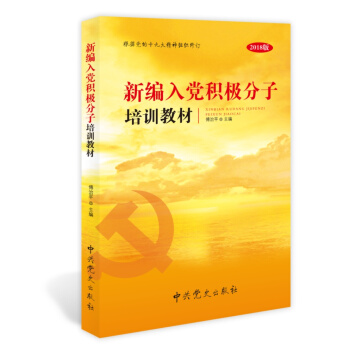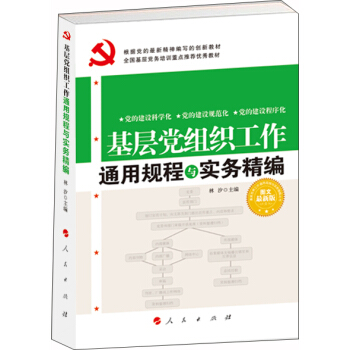![中国军队系列 中国军队与人道主义救援(英文版) [The Chinese Army in Humanitarian Relief]](https://pic.windowsfront.com/11734569/55aa09e3Nddf34ad6.jpg)
中国军队系列 中国军队与人道主义救援(英文版) [The Chinese Army in Humanitarian Relief] pdf epub mobi txt 电子书 下载 2025
- Chinese Army
- Humanitarian Relief
- Military
- China
- Disaster Response
- International Aid
- Peacekeeping
- National Defense
- Security Studies
- PLA

具体描述
编辑推荐
《中国军队与人道主义救援》通过11组故事和大量图片,生动展现了中国军队人道主义救援事业的发展历程,展示了中国军队在国内外人道主义救援领域的巨大贡献。那些英勇无私、为拯救生命和财产而奋不顾身的中国军人,让我们无数次感动。
Through eleven groups of stories and a number of pictures, the book PLA Forces in Humanitarian Relief Operations vividly displays the development history of the Chinese PLA’s cause of humanitarian relief, and presents the great contributions that the PLA has made in the field of domestic and overseas humanitarian relief. Those valiant and selfless Chinese soldiers who defied personal dangers to save lives and properties have touched us a thousand times.
内容简介
中国军队系列丛书共10本,是一套全面对外介绍中国军队各军兵种基本情况和发展沿革的图书,被列为国家十二五重点规划以及“走出去”重点图书。丛书在国防部新闻事务局的指导下,动员全军范围内专家撰写。每本字数从5万至10万不等,配有上百幅珍贵图片。丛书试图沿着中国军队的成长脉络,关注其历史、现状及未来发展,通过大量鲜活事例的细节描述,从多个视角真实地展现人民解放军的整体面貌。
《中国军队与人道主义救援》通过大量珍贵的历史记录和详尽的细节描写,展示了中国军队在国内外历次重大抢险救灾中执行紧急、艰难、危险的救援任务的出色能力。全书按照国内外的救援行动分为上下两篇,以一个个小故事串联起来,生动讲述了11件救援大事,突出了中国军队“全心全意为人民服务”的本色和敬重生命、关爱和平的大爱情怀。
There are ten books in the series on PLA China, namely The Chinese People's Liberation Army, The PLA Navy, The PLA Air Force, The PLA Army Aviation Corps, The PLA Marines, The Chinese Navy's Maritime Escort Operations, The PLAAF Airborne Troops, Chinese Peacekeepers Overseas, The Chinese Army in International Exchanges, as well as The Chinese Army in Humanitarian Relief. The length of each book ranges from 50,000 to 100,000 Chinese characters, with hundreds of valuable pictures. The series attempts to focus on the Chinese armed forces' history, current situation and future development in the context of its growth through the use of many interesting examples and details, to show the overall face of the People's Liberation Army from multiple angles.
This publication, PLA Forces in Humanitarian Relief Operations, through its many valuable historical records and its elaboration of details, presents the outstanding capabilities of the Chinese military forces in carrying out the most urgent, arduous and dangerous rescue missions that they showed in the various major disaster relief and emergency response operations, domestic or overseas. The whole book falls into two parts, which respectively involve the domestic or overseas relief operations. With a series of storiettes presented, it gives a vivid account of eleven humanitarian relief operations, highlighting the PLA's inherent qualities of "serving the people heart and soul" and their great love of respecting life and care for peace.
作者简介
陈胜武,石家庄陆军指挥学院战略与国防动员系非战争军事行动教研室主任。
Chen Shengwu, associate professor at Shijiazhuang Army Command College.
内页插图
目录
CONTENTS
Preface 1
Acronyms and Abbreviations 1
Introduction 1
PART I
Chapter 1
The 100,000 Troops on the Ruins 3
Flying to Report the Disaster Situation 5
The On-Scene and Nearby Rescue 8
Rushing to the Rescue by Land 9
The Ultra-Dense Takeoffs and Landings 11
The Medical Assistance beyond the Limits 15
The Exhausted Soldiers 18
For the Lifeline of the Disaster-Stricken Area 20
Chapter 2
The Fire in the Primeval Forest 25
The Burst of the Forest Fires 25
The Mohe Town in the Flames 28
Defending Tahe 30
The Beardy Division Commander 32
Encircling the Fire 34
Meeting with a Danger in the Fire 35
Continuing the Triumphant Pursuit 37
Chapter 3
When the Flood Came 41
The Unissued Order of Flood Diversion 42
The Rustling Assault Boat 47
The Danger is the Order 50
The Life-or-Death Moment in Paizhouwan 52
Blocking Up the Levee Breach in Jiujiang 55
Defending Harbin to the Last 59
Chapter 4
The Snowy Spring 63
Opening Up the Way Home 64
The Gas Jet Cars 67
Delivering Warmth in the Snow 69
Wei Yongjing the Hero 71
Power! Power! 76
The Soldiers Standing Asleep 79
Chapter 5
The Earthshaking Fight in Wenchuan 83
Disaster Befalling the Northwestern Sichuan 83
The Army-Wide Mobilization of Forces 86
The Life-or-Death Air Rescue 89
The Arduous March Borne with Explosives 94
The Relief Operations in Beichuan 97
The Blue Wristlets 100
“I Don’t Want to Hear about Difficulties” 103
Saving Barcus Bogdan 108
Chapter 6
The Smashed Plateau City 111
The Emergency Takeoff of “Citation 4101” 111
Sending the Wounded Patients Out 113
The Child Born at the Airport 115
Standing Fast to the Last Post 116
“The Jinzhumami Will Come to Save Me” 118
You’re the Mother of the Kid 119
“We Are Not Only Recovering Cultural Relics” 121
The Agony of Abandoning the Battle Steeds 124
The Hans and Tibetans Are a Family 127
PART II
Chapter 7
The Unusual Operations during the SARS 131
Starting Out at Once 131
The Special Medicines 133
The Setback at the Airport 135
Our Job is to Give Them Hope 137
“The Disaster Relief Stars” 142
“I Don’t Know Careful” 144
The Tape and the Conch 145
Chapter 8
The Indian Ocean Is Weeping 149
Going to the Tsunami-Stricken Areas 150
The Tortuous Flight 152
The Long Wait 154
The Rescue in the Rainstorm 156
“China Is Very Tall in My Mind” 158
I’ll Let Them Rest in Peace 162
A False Alarm 163
With Dreams in Mind We’ll Have Tomorrow 165
Chapter 9
The Call from Balocot 169
Racing against the Time 170
The Hope of Life 172
The Messengers Sent by Allah 176
The Beautiful Chinese Woman Doctor 177
We Don’t Have Any Time Holding an Umbrella 178
The Multinational Base 180
Making Medical Rounds along the Wolf Road 182
“China Is Back Again” 184
Chapter 10
The Love to the People on the Other Side of the Earth 187
The Urgent Departure 188
Comrades, Let Us Take You Home 189
The 200% Effort 192
Breaking Away from the Convention 194
The Common Undertaking 196
The Intensive Treatment 199
The Revealed Emotions 202
Chapter 11
The Vibration in East Japan 205
The Shadow of the Nuclear Radiation 206
The Magic Effect of the Golf Clubs 209
Never Giving Up Any Hope 210
The 300 Micro-Blog Messages 212
The Sincere Gratitude 214
The Permanent Reminisce 216
Concluding Remarks 219
References 225
Postscript 228
精彩书摘
The Setback at the Airport
As Beijing was then an epidemic area of SARS and doctors were the high-risk population that often contacted the SARS patients directly, the entry visas of various countries were stricter than normal times. Particularly approved by the Algerian Government, the CISAR got the special visa to enter Algeria. But for caution’s sake, and to ensure the SARS disease would not be brought into Algeria, the Chinese Government required that all the CISAR members should, besides accepting routine security checks, make rigid health condition declaration and receive numerous body temperature measurements.
Dr. Peng Bibo got ill. It was unknown whether it was because of the hot whether or because he was too tired after getting ready the vaccines. This man, who was in very good health at ordinary times, was found to have a body temperature of over 37℃ on the screen of the electronic body temperature monitor when he received the physical examination. Once, twice, three times, the common red numbers became so fearsome, and sweat was pearling over his forehead.
“Low fever!” In the SARS period, anybody associated with these words would keep all others around far away from him. The task-specific Boeing 767 was standing by on the apron, and the huge roars of the engines had sounded up. Everybody present was looking at Peng Bibo, anxiously but solicitously.
When the external environment changes suddenly, the physical and psychological state of the human body will be in a stress state and the secretion of hormones will increase or decrease correspondingly, and the body temperature may fluctuate thereupon. Injected with active vaccines such as cholera vaccine, encephalitis vaccine or hepatitis B vaccine, the human cells will accept or refuse the active ingredients in the vaccines. And for different personal physiques, symptoms of body temperature fluctuation or nausea may arise within 48 hours.
Wang Faqiang, president of the PAPF General Hospital who was seeing them off, carefully inquired about and verified Peng’s body temperature checks, his working situation and his routine over the week, and combined with his clinical experience in treating SARS, he judged that Peng Bibo was very unlikely to have been infected with SARS. “Sit quietly and breathe deeply.” Peng Bibo sat in a corner alone, trying hard to calm down the surging emotions and thoughts. After he became calm, he received a test again and his body temperature recovered back to normal. Then the special plane for relief operations flew away in the eyesight of the people present.
……
前言/序言
Preface
Since the start of the 21st century, along with the rise of China’s overall national and military strength, China’s defense policies, military strategy and military development have increasingly become a hot spot of the world’s attention, and many books have been published overseas about the Chinese armed forces. Unfortunately, as some of the authors lack accurate first-hand information, some of their publications have been somewhat debatable.
What kind of a military is the People’s Liberation Army (PLA)? In what developmental stage are the various branches of the Chinese armed forces? To what level have China’s military armaments been developed? All these questions have aroused high attention from the international community and heated discussion among some overseas and domestic media. For this reason, we believe that writing a series of books to give a vivid and accurate introduction to the Chinese military, for both domestic and foreign readers, would be of tremendous significance.
There are three books in the first series on PLA China, namely The Chinese People’s Liberation Army, The PLA Navy, and The PLA Air Force; the three in the second series include The PLA Army Aviation Corps, The PLA Marines and The PLAAF Airborne Troops and the third series contains four volumes: The Chinese Navy’s Maritime Escort Operations, Chinese Peacekeepers Overseas, The Chinese Army in International Exchanges, as well as The Chinese Army in Humanitarian Relief. The length of each book ranges from 50,000 to 100,000 Chinese characters, with hundreds of valuable pictures. The series attempts to focus on the Chinese armed forces’ history, current situation and future development in the context of its growth through the use of many interesting examples and details, to show the overall face of the People’s Liberation Army from multiple angles.
Throughout the process of planning and writing the series, we invited the participation of experts from relevant PLA functional departments, military academies, and research institutions for the purpose to ensure its authority and accuracy. This series has also had strong support and guidance from the Information Office of the Ministry of National Defense. We believe that the active participation of the military personnel has made the series much more profound.
Last but not least, any kind comment, criticism or advice from you on this Series is welcome. Once received, they will be deeply appreciated and highly valued, and will be taken into grave consideration in the subsequent perfection of this Series of publications.
The Editors
May 2015
用户评价
这本书的语言风格非常独特,它成功地在学术的严谨性与大众的可读性之间找到了一个绝佳的平衡点。作者的文风是那种充满洞察力的冷静叙事,既有古典学者的那种对细节的执着和对全局的掌控,又没有陷入晦涩难懂的学术术语泥沼。他的句子结构往往富于变化,时而使用精炼的短句来强调关键转折,时而又构建出结构复杂但逻辑清晰的长句来描绘细致入微的场景。这种语言上的驾驭能力,使得阅读体验非常流畅,即使是面对一些高难度的分析段落,读者也能依靠作者精妙的措辞和过渡,顺利地跟进思路。我特别欣赏其中一些富有画面感的比喻,它们仿佛为抽象的战略概念披上了一层具象的、可以被感知的“外衣”,极大地增强了文本的感染力和记忆点。整体而言,阅读过程是一种智力上的愉悦,它既能满足对知识深度挖掘的渴望,又不会因为语言的门槛而劝退那些慕名前来的普通求知者,这无疑是优秀非虚构作品的一大标志。
评分这部书的装帧设计着实令人眼前一亮,封面那种朴实而又蕴含力量感的色调,很贴合主题的严肃性。内页的纸张质感也处理得相当到位,阅读起来触感舒适,长时间翻阅也不会感到疲劳。尤其值得称赞的是排版布局,字体选择适中,行距留白恰到好处,使得原本可能略显枯燥的军事历史叙述,在视觉上变得清晰易读,即便是初次接触此类题材的读者,也能轻松地被引导进入作者构建的知识体系中。更不用说,书中穿插的那些高质量的插图和图表,它们并非单纯的装饰,而是深度解读复杂背景信息的关键辅助工具,每一张图片都经过精心挑选和标注,极大地提升了信息的直观性和可理解性。可以说,从拿到书的那一刻起,我就能感受到出版方在细节上倾注的心血,这不仅仅是一本内容的载体,更是一件值得收藏的出版物。这种对实体书的尊重和对读者体验的重视,在当今快餐式阅读的时代显得尤为难得,它让阅读过程本身成为了一种享受,而不是单纯的信息获取过程。这本书的物理形态,完美地承载了其所蕴含的厚重内容,为接下来的深度阅读打下了坚实的基础。
评分深入阅读后,我开始意识到这本书在理论构建上的严谨性。作者似乎花费了极大的篇幅来界定其核心概念,特别是对于“战略意图”与“实际效果”之间差异性的探讨,构建了一个扎实的方法论基础。他不仅仅是罗列事实,更是在试图构建一套解释体系,用以分析特定行动背后的深层逻辑和驱动力。在分析过程中,作者表现出了令人钦佩的跨学科能力,他娴熟地运用了社会学中的群体行为理论、国际关系中的建构主义视角,甚至不乏心理学对领导者决策偏误的分析,这些理论工具的运用显得自然而流畅,绝非生硬的堆砌。每当提出一个论点,作者都会援引大量翔实的案例和数据进行交叉验证,这种“论点—论据—论证”的结构,使得全书的论证过程逻辑链条清晰,无可辩驳。特别是那些关于资源调配和后勤保障链条的详细拆解,展现了作者对军事运作底层逻辑的深刻洞察,读完之后,对理解现代复杂行动的筹划,有了全新的、更加立体的认知。
评分作者的叙事手法相当高明,他似乎没有急于抛出结论,而是采取了一种非常克制和审慎的铺陈方式,引导读者逐步建立起对宏大历史背景的认知框架。开篇部分的论述,侧重于对特定时期全球地缘政治环境的深度剖析,笔触细腻地勾勒出影响决策制定的复杂变量,那些看似无关紧要的经济数据和外交辞令,在作者的笔下却被巧妙地编织成一张巨大的网,让人不得不佩服其宏观视野的广度和深度。他尤其擅长在叙述重大事件时,插入对微观个体经验的描绘,这种“大处着眼,小处落笔”的技巧,使得冰冷的历史叙述瞬间有了温度和人情味,读者不再是旁观者,而是仿佛置身于历史的洪流之中,切身体会决策背后的挣扎与权衡。这种处理方式避免了将复杂的历史问题简单化、标签化的窠臼,而是展现了其多维度、非线性的真实面貌。整体的节奏把握得张弛有度,高潮迭起却不失沉稳,让人在阅读过程中始终保持着一种探索和发现的兴奋感,仿佛在解开一个层层递进的谜题,而非被动接受既定事实。
评分我认为这本书最引人入胜之处,在于它对“不确定性”这一核心要素的坦诚面对。很多同类题材的著作往往倾向于描绘一种“已知历史”的确定性,仿佛一切都顺理成章。然而,本书的作者却大胆地揭示了决策制定过程中弥漫的迷雾、信息的滞后性,以及最终结果往往与预期存在巨大偏差的常态。书中对几次关键行动的复盘分析,都着重突出了“如果当时信息是A,而不是B,结果可能会如何演变”的假设性探讨,这种反事实推理并非简单的猜测,而是建立在对当时所有已知条件的严格分析之上。这种对历史“或然性”的强调,极大地提升了书籍的思辨价值,它迫使读者跳出简单的因果论,去思考那些隐藏在决策背后的认知局限性。读完后,我感觉自己对人类组织在面对突发、高压环境下的行为模式有了更深层次的理解,这已经超越了单纯的军事史范畴,触及到了组织行为学和危机管理的普适性规律。这种能引发读者进行深度自我反思和批判性思考的作品,才是真正具有长久生命力的佳作。
相关图书
本站所有内容均为互联网搜索引擎提供的公开搜索信息,本站不存储任何数据与内容,任何内容与数据均与本站无关,如有需要请联系相关搜索引擎包括但不限于百度,google,bing,sogou 等,本站所有链接都为正版商品购买链接。
© 2025 windowsfront.com All Rights Reserved. 静流书站 版权所有

